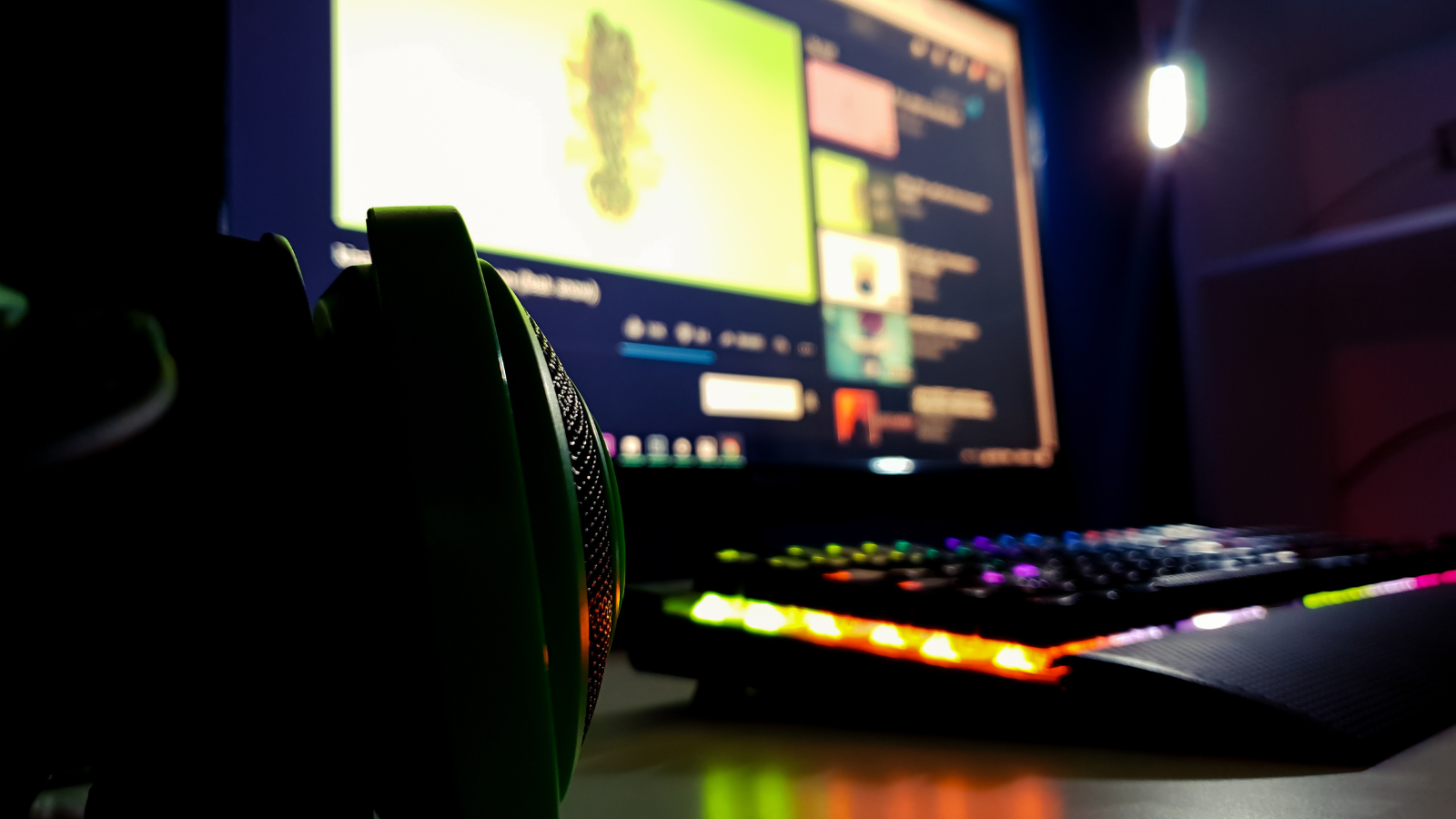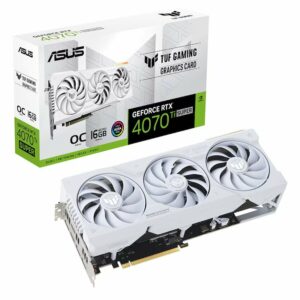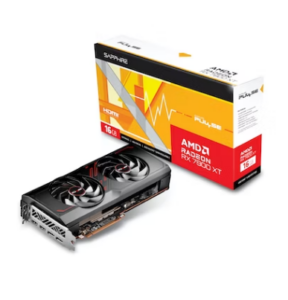Artificial intelligence is at the forefront of PC hardware and innovations this year. One of the key players in this has been AMD’s MI300X AI GPU. This HPC graphics card has been fine-tuned to dominate in demanding applications, harnessing powerful integrated AI to deliver next-level performance.
But how does the MI300X compare to other AI GPUs? Has AMD done enough to revolutionise and stay ahead of its competitors? We’ll be taking a deep dive into the AMD MI300X AI GPU, showcasing the key features of this exceptional graphics card and how it compares to the NVIDIA H100.

What is the MI300X AI GPU?
The MI300X AI GPU is the latest graphics card to enter the AMD professional line-up. Designed as a competitor to NVIDIA’s powerful H100, the MI300X utilises innovative CDNA 3.0 architecture, 19456 cores, and AMD Instinct MI300A APU accelerator to power all intensive workloads like never before.

The Instinct MI300A is the world’s very first APU that has been fine-tuned for AI and demanding HPC (high-performance computing) workloads. This APU combines a CPU, GPU, and high-bandwidth HBM3 memory into one card to notably boost performance and capabilities. Powering your cutting-edge AI servers or creating them becomes a breeze, especially with eight stacks of HBM3 memory delivering a max bandwidth of 5.3TB/s.
How Does the AMD AI GPU Compare to NVIDIA?
Both the AMD MI300X and NVIDIA H100 have been fine-tuned for heavy-duty workloads. The MI300X combines a multi-core processor, GPU, and HBM3 memory to dominate in any application, whilst the NVIDIA H100 is heavily focused on deep-learning and AI. However, neither card has been optimised for gaming. Both have been designed to not have any connected monitors and don’t include support for DirectX 12 or any GPU shaders.
Ultimately, the MI300X and H100 shouldn’t be used to render the latest games, so we won’t be comparing their performance for gaming. Instead, we’ll take a closer look at some of the differences between these two HPC graphics cards, which you can see in the table below.
| Architecture | Process Type | Process Size | Shader Units | Memory | Memory-Bus | Base Clock | Boost Clock | TDP | Recommended PSU | |
|---|---|---|---|---|---|---|---|---|---|---|
| AMD MI300X | CDNA 3 | TSMC | 5nm | 19456 | 192GB HBM3 | 8192-bit | 1000MHz | 2100MHz | 750W | 1150W |
| NVIDIA H100 | Hopper | TSMC | 5nm | 16896 | 80GB HBM3 | 5120-bit | 1590MHz | 1980MHz | 700W | 1100W |
Both these graphics cards have been engineered with a dedicated HPC GPU architecture, 5nm process, and feature plenty of premium HBM3 memory to ensure they can efficiently handle all your multi-threaded applications.
The MI300X excels in clock speeds, capable of achieving a hefty 2100MHz to deliver maximum performance across all your heavy-duty workloads. However, these clock speeds come with the price of a higher TDP and PSU requirement compared to the NVIDIA H100.

No matter their differences, both the MI300X and H100 are the ultimate HPC powerhouses. These graphics cards are designed to handle demanding applications and AI processes with ease. Your key deciding factor between the two is whether you want to reap the benefit of a higher clock speed or lower TDP.
Level Up Your Gaming
Whilst these graphics cards aren’t great for gaming, Overclockers UK has plenty of premium-quality GPUs boasting the latest cutting-edge tech. If you’re in the market for your next great upgrade, check out our top GPU picks below.
ASUS GeForce RTX 4070 Ti Super TUF OC White 16GB GDDR6X Graphics Card
- Ada Lovelace architecture
- 7680 CUDA cores
- 2100MHz base clock
- 2670MHz boost clock
- 16GB GDDR6X video memory


Sapphire Pulse Radeon RX 7800 XT 16GB GDDR6 Graphics Card
- RDNA 3 architecture
- 3840 stream processors
- 2124MHz base clock
- 2430MHz boost clock
- 16GB HGDDR6X video memory
Is AI the Future?
What are your thoughts on AMD’s MI300X GPU? Do you think AI is the future for gaming and HPC hardware? Tell us in the comments below.
In the meantime, if you want to read more about how artificial intelligence is changing the gaming industry, be sure to check out our blog post.

